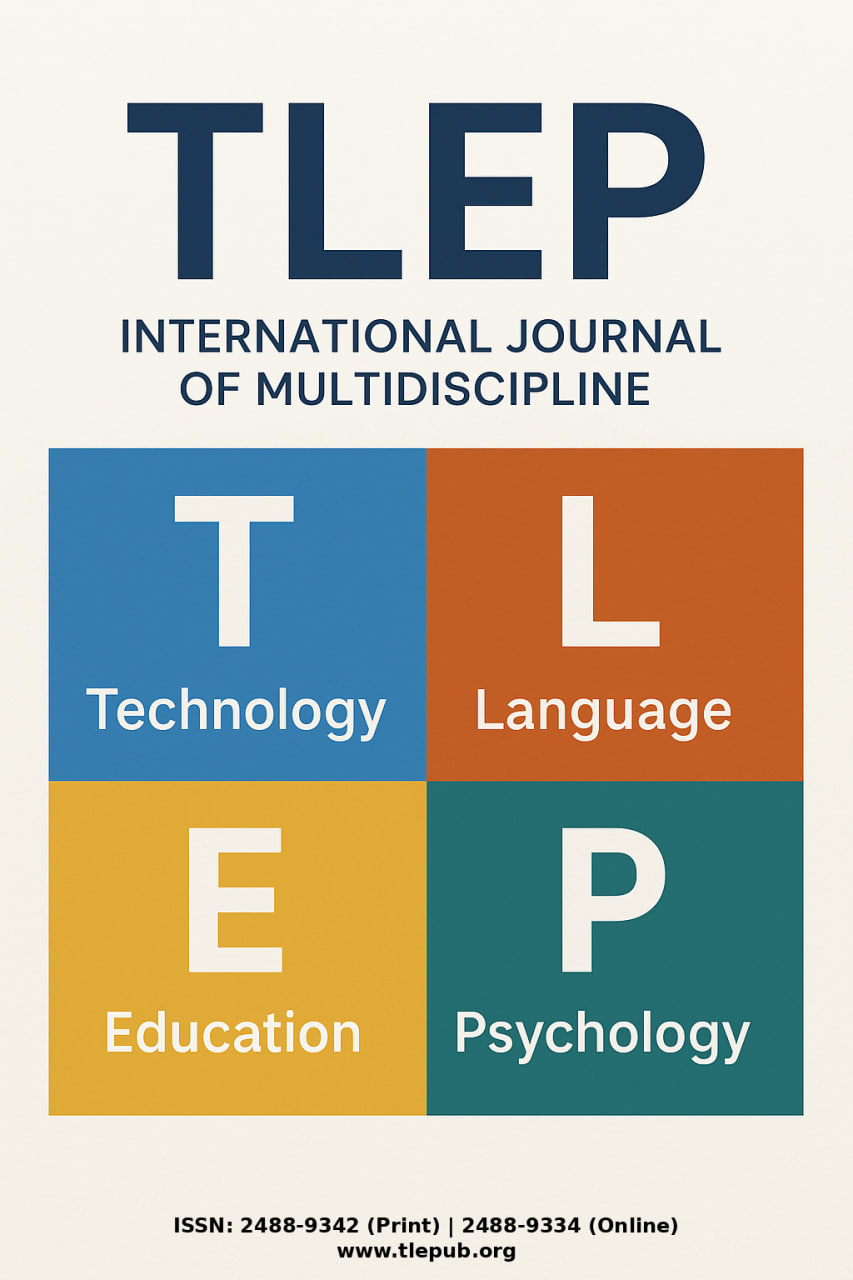The poetics of cyborg characters in the novels of Philip K. Dick
Keywords:
cyborg; android; posthumanism; empathy; monologue; dialogue; landscape; portrait; cyberpunk; identity; simulacrum; Turing test; surveillance; entropy.Abstract
This article theorizes a poetics of cyborg characterization in Philip K. Dick’s Do Androids Dream of Electric Sheep? (1968), Ubik (1969), and A Scanner Darkly (1977) by tracking how four narratological modes—monologue, dialogue, landscape, and portrait—jointly construct and destabilize posthuman identity. I argue that Dick’s androids and cyborg-adjacent figures are not defined by visible prosthesis but by performative and ethical legibility: interior focalization (monologue) stages crises of empathy and self-recognition; interrogative exchanges (dialogue) function as para-Turing procedures in which cadence, wit, and affect become evidence for or against the “human”; material environments (landscape)—dust-choked postwar cities, entropic retrogressions, and surveillance-suburban banalities—externalize ontological precarity; and descriptive imaging (portrait) withholds or misdirects surface markers, forcing readers to read behavior over morphology. Close readings show how Deckard’s shifting interiority, the half-life chatter and advertising patter of Ubik, and Arctor’s split consciousness in the scramble suit recalibrate the human/machine boundary as a moving target indexed to empathy, memory, and consent. Comparative soundings against William Gibson’s surface minimalism, Marge Piercy’s communitarian cyborg humanism, Pat Cadigan’s neural interiorities, and Annalee Newitz’s biopolitical ethics clarify Dick’s distinctive synthesis: a poetics of mimetic ambiguity in which tests, talk, and terrain author subjectivity as much as circuitry does.
References
Barlow, A. (1991). Philip K. Dick’s Androids: Victimized Victimizers. In J. Dearborn (Ed.), Retrofitting Blade Runner: Issues in Ridley Scott’s Blade Runner and Philip K. Dick’s Do Androids Dream of Electric Sheep? (pp. 9–18). Bowling Green State University Popular Press.
Dick, P. K. (1965). The Three Stigmata of Palmer Eldritch. Garden City, NY: Doubleday.
Dick, P. K. (1968). Do Androids Dream of Electric Sheep? New York, NY: Doubleday.
Dick, P. K. (1969). Ubik. Garden City, NY: Doubleday.
Dick, P. K. (1975). Man, Android and Machine. [Speech/Essay]. Retrieved from Dickian Gnosticism Archive: dickiangnosticism.wordpress.com (Original work published 1975)
Dick, P. K. (1977). A Scanner Darkly. New York, NY: Doubleday.
Gibson, W. (1984). Neuromancer. New York, NY: Ace Books.
Haraway, D. J. (1985). A Cyborg Manifesto: Science, Technology, and Socialist-Feminism in the Late 20th Century. In Simians, Cyborgs and Women: The Reinvention of Nature (1991, pp. 149–181). New York, NY: Routledge. [34]
Ishiguro, K. (2021). Klara and the Sun. New York, NY: Alfred A. Knopf.
Mambrol, N. (2018, May 30). Analysis of Philip K. Dick’s Novels. Literary Theory and Criticism. Retrieved from literariness.org
Piercy, M. (1991). He, She and It (also published as Body of Glass). New York, NY: Fawcett Books.
Shelley, M. (1818). Frankenstein; or, The Modern Prometheus. London: Lackington, Hughes, Harding, Mavor & Jones.
The Quill to Live. (2025, August 1). He, She and It – Piecing It Together (Review). Retrieved from thequilltolive.com
Wixson, J. (2018). Do Androids Dream of Electric Sheep?: Cyborg Feminist Theory and Solidarity [Presentation]. Augusta University Scholarly Commons. (Original quote: “The cyborg deconstructs collective identities… such as human/machine, male/female, and truth/illusion.”)
Downloads
Additional Files
Published
Issue
Section
License
Copyright (c) 2025 Both journal and authors

This work is licensed under a Creative Commons Attribution 4.0 International License.





